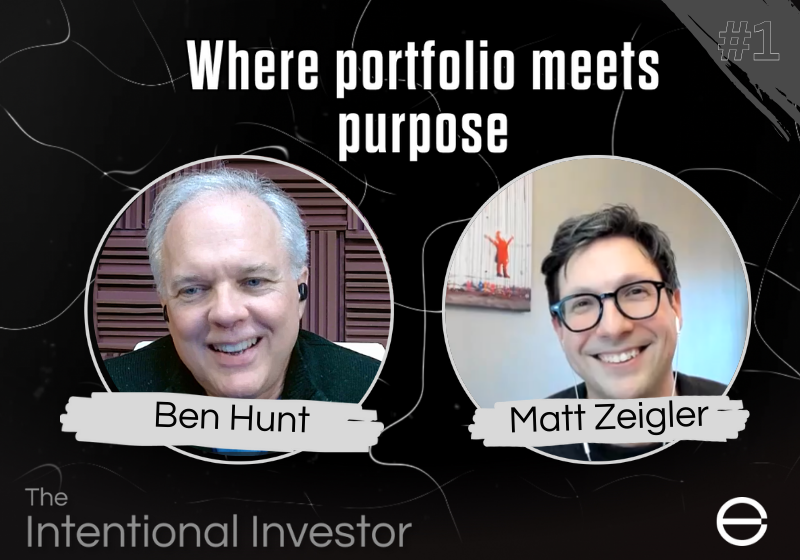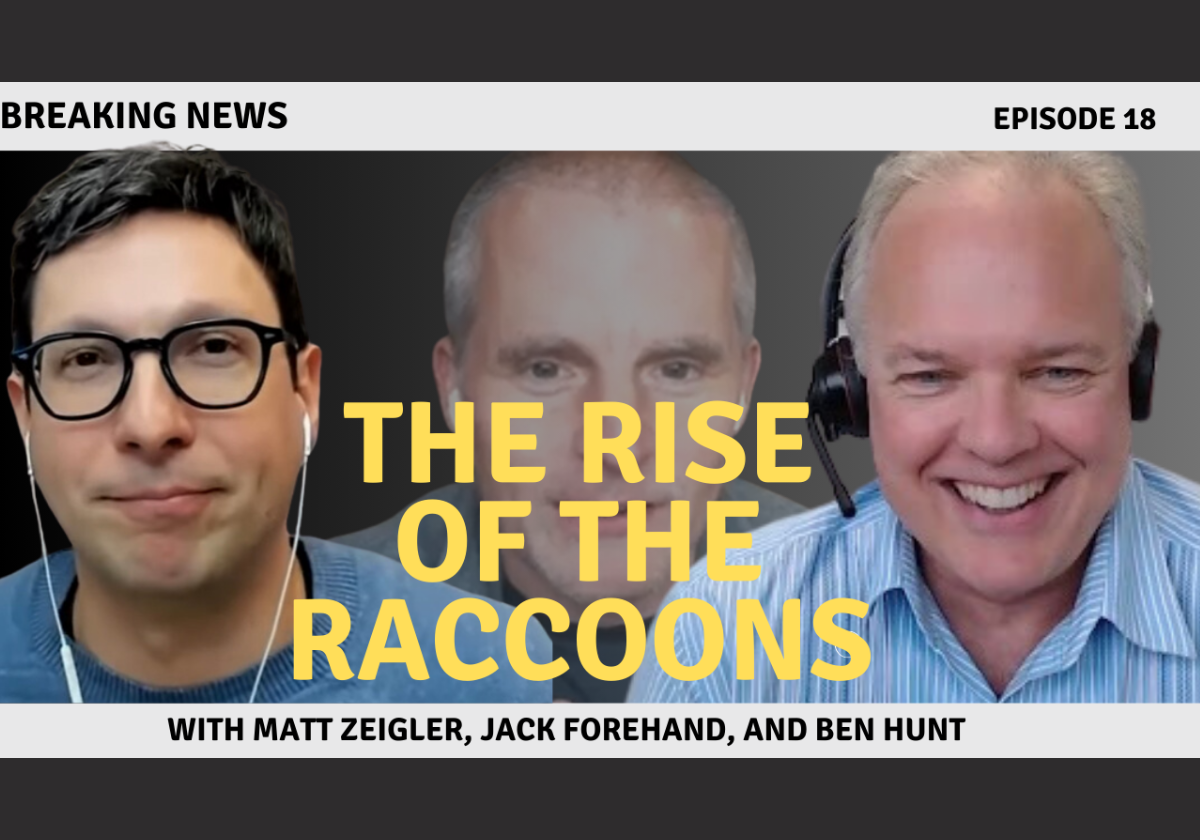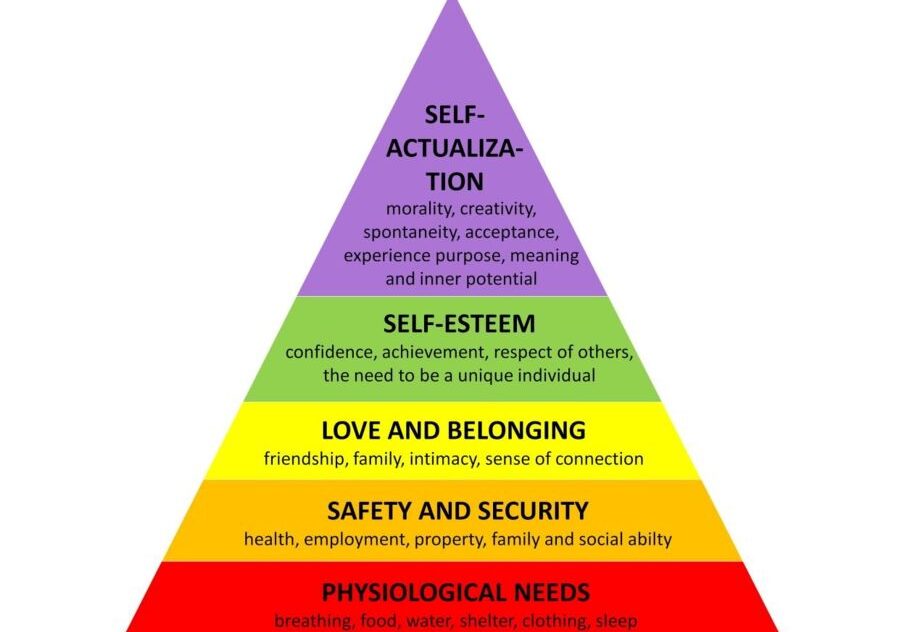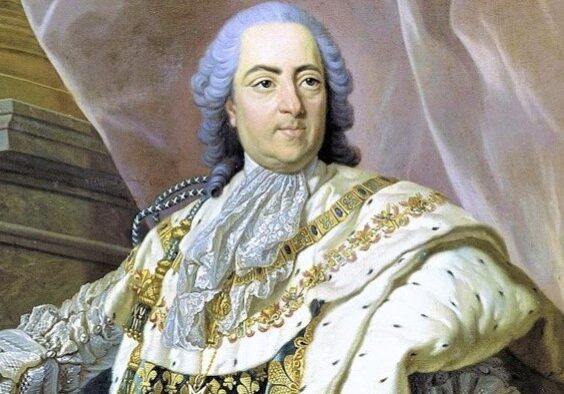How To Live Forever: The Future Is Shaped By The Art We Make
To learn more about Epsilon Theory and be notified when we release new content sign up here. You’ll receive an email every week and your information will never be shared with anyone else.
Continue the discussion at the Epsilon Theory Forum
The Latest From Epsilon Theory
This commentary is being provided to you as general information only and should not be taken as investment advice. The opinions expressed in these materials represent the personal views of the author(s). It is not investment research or a research recommendation, as it does not constitute substantive research or analysis. Any action that you take as a result of information contained in this document is ultimately your responsibility. Epsilon Theory will not accept liability for any loss or damage, including without limitation to any loss of profit, which may arise directly or indirectly from use of or reliance on such information. Consult your investment advisor before making any investment decisions. It must be noted, that no one can accurately predict the future of the market with certainty or guarantee future investment performance. Past performance is not a guarantee of future results.
Statements in this communication are forward-looking statements. The forward-looking statements and other views expressed herein are as of the date of this publication. Actual future results or occurrences may differ significantly from those anticipated in any forward-looking statements, and there is no guarantee that any predictions will come to pass. The views expressed herein are subject to change at any time, due to numerous market and other factors. Epsilon Theory disclaims any obligation to update publicly or revise any forward-looking statements or views expressed herein. This information is neither an offer to sell nor a solicitation of any offer to buy any securities. This commentary has been prepared without regard to the individual financial circumstances and objectives of persons who receive it. Epsilon Theory recommends that investors independently evaluate particular investments and strategies, and encourages investors to seek the advice of a financial advisor. The appropriateness of a particular investment or strategy will depend on an investor’s individual circumstances and objectives.









I just posted this comment on Scott’s Substack this morning, re-posting it here for the Pack.
What a wonderful post. Walt Whitman really is something! When I got a chance to talk with Ben at EC, I mentioned I was glad he was leaning back to a more personal angle in his notes, describing it as “I sing the body electric”.
And I love the Mexican concept that those who have passed live on as long as we remember them (which, I admit, I know mostly about from seeing the movie “Coco”).
Thanks for this!
This was a beautiful post!
It’s just way too easy to bemoan the state of our politics, our institutions, our markets. Because frankly they’re all deserving of such as this point.
But what those entities can never take away is the ability for ordinary people to intentionally serve as monomyths for the people in their lives who are in need with their own unique talents; forming their own pack. Those are the melodies worth hearing that truly stand the test of time.
just a thank you / congrats to Ben, Rusty, and the rest of the great folks here for building and maintaining such a tremendous community of intelligent, interesting, good-hearted individuals.
a place like ET is incredibly rare, and doesn’t happen by accident, either. i know I speak for many others here when I say that the value I get from reading ET notes / discussions is a kind of deep nourishment that is noticeably lacking elsewhere in media.
ET is a welcome respite from the gyre, and I wish nothing but the best to my fellow travelers!
Thank you, Scott, for this gift. I connected with it personally in my own continuing story from DOING stuff as a perfectionist to BEING powerfully present and joyfully creative. My story - at its imperfect best - is guided by questions not answers, including “to what am I committed” as a filter for engaging (or not).
Mythology IS the song.
@bhunt
I sing the body electric
@Tanya
the ability for ordinary people to intentionally serve as monomyths for the people in their lives who are in need with their own unique talents; forming their own packs.
@babely29
My story - at its imperfect best - is guided by questions not answers, including “to what am I committed” as a filter for engaging (or not).
@CSWilson
We live mythically and integrally, as it were, but we continue to think and act in the space and time pattern of the pre-electric age.
-Marshall McLuhan
To be nobody-but-yourself — in a world which is doing its best, night and day, to make you everybody else — means to fight the hardest battle which any human being can fight; and never stop fighting.
-e e cummings
Lots to think about Scott. Thanks for sharing everyone.
Jim
This piece was really moving - cannot say I didn’t question how I have been spending my time lately in the world of bits.
Hmmm. Sounds a bit like bravery.
@david.c.billingsley expounded on this in the MOGCOM thread.
Sprinkle in a little humility and we might have a path forward
Scott, I’m in your camp….it WILL be art and artists that lead us out of what is a crisis of hope for so many. More specifically, I think and hope it’s going to be a form of collaborative art that does the “heavy lifting”. Thanks for sharing, there’s much more to be said on this subject!
This is why I love realist portrait and figure painting. It is slow, and difficult, and painstaking, and time-consuming, and expensive. The slightest error, particularly in the head, hands, and feet, can completely ruin the image. But in the end I have made a unique physical object that exists independently of me or anything I do and speaks for itself. Realism and the most accurate representation I can render because the world is filled with images that are manipulated, that are trying to convince of you something, that are distorting something, that are giving you their take on something. It’s not always bad but it is always happening, everywhere, all the time. To me that means there is value in simply recording the thing as it is, the person as they are, without artifice or pretention or narrative. I put the paint where I saw it should go. Of course there are some choices that have to be made. Oil paint cannot represent everything you see exactly as you see it and so certain techniques have to be employed to create the right illusion. And other choices are made to improve the aesthetic - but for me, only what is minimally necessary to produce an object that is objectively pleasing to the eye or at least not abrasive to it (and I do believe that there are objective principles of aesthetics). If I want people to see the truth but I also want them to want to see it. I don’t pretend doing things this way is some kind of revolutionary act but for me it is a kind of resistance to all the world’s attempts to tell me what and how to think or not think about what is before our eyes.
I think that you have given words to the reason why I have always been a Norman Rockwell fan.